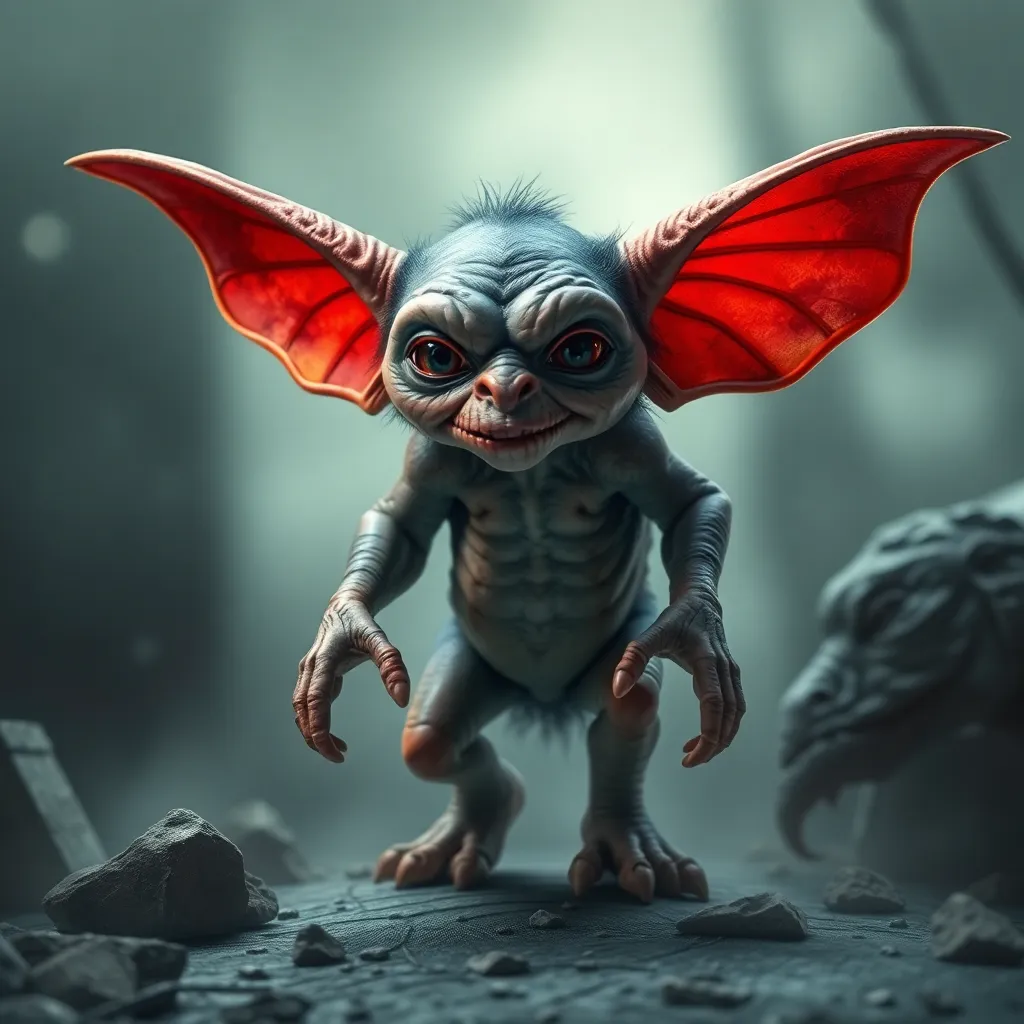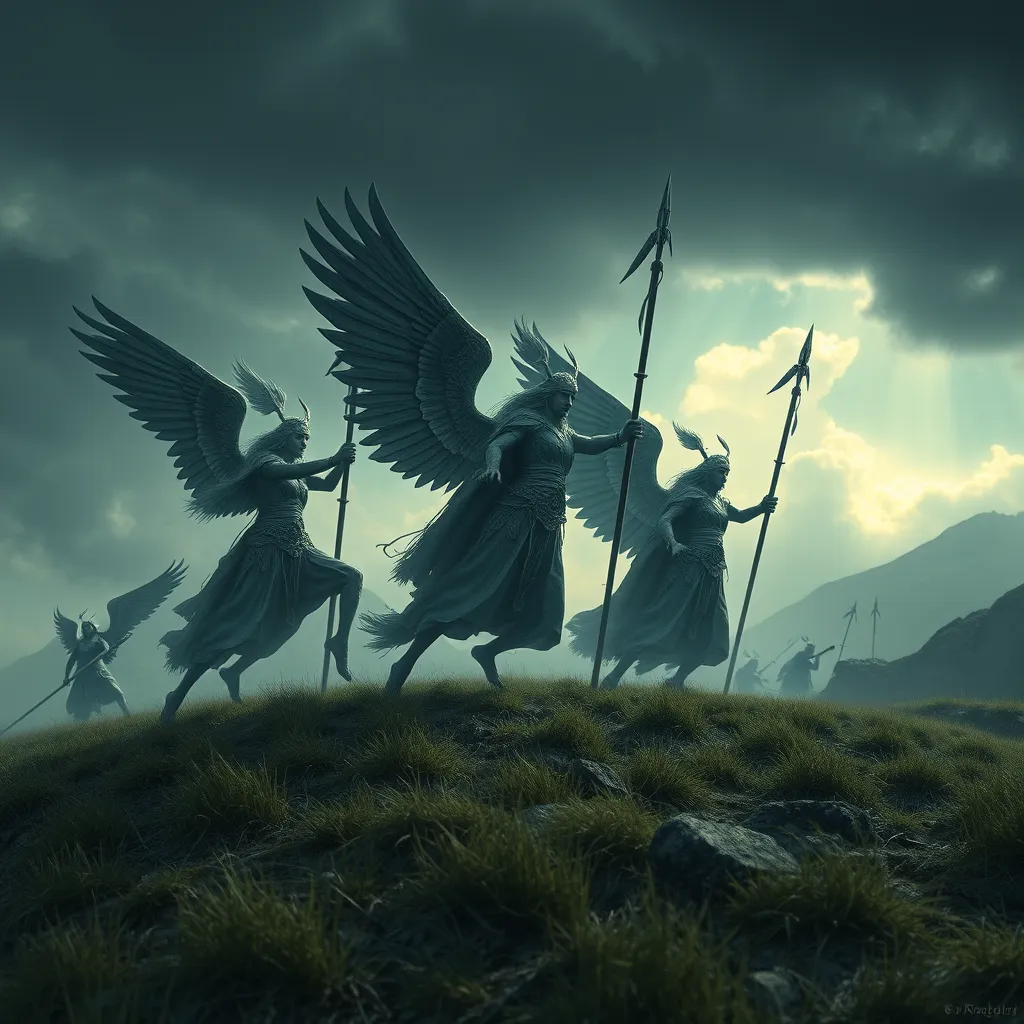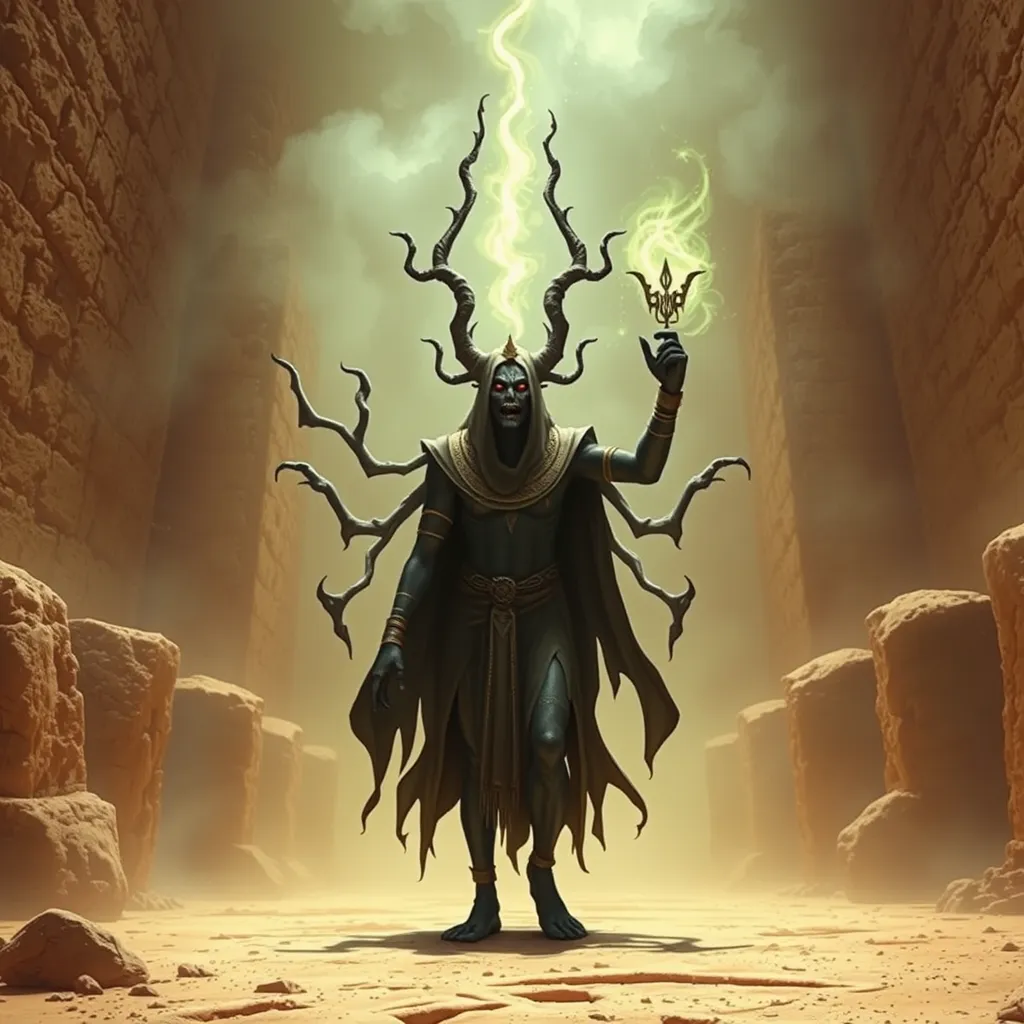Gremlins and the Supernatural: Investigating the Link Between Gremlins and Other Mythological Beings
I. Introduction
Gremlins are mischievous creatures often associated with causing malfunctions and chaos, particularly in machinery and technology. The origin of the term dates back to World War II, when British pilots used it to describe unexplained mechanical failures in their aircraft, attributing these issues to tiny, impish beings that meddled with their machines.
Mythological beings have played an essential role in cultures worldwide, serving as embodiments of natural forces, human fears, and societal values. From the whimsical fairies of European folklore to the trickster spirits of Indigenous cultures, these entities reflect the diverse ways in which societies interpret their world.
This article aims to explore the connections between gremlins and other supernatural entities, examining their folklore, psychological implications, and cultural significance.
II. The Folklore of Gremlins
The historical context of gremlin myths reveals their emergence during a time of technological advancement and societal uncertainty. As aviation technology progressed, so did the need to explain the unforeseen issues that often arose. Gremlins became a convenient scapegoat for these malfunctions.
Cultural variations in gremlin lore exist, with different societies attributing unique traits and behaviors to these beings. For example:
- In British folklore, gremlins are often depicted as small, green, and humanoid, known for their affinity for sabotaging machinery.
- In American culture, they have been popularized through films and literature, often portrayed as cute yet troublesome creatures.
Notable characteristics attributed to gremlins include:
- Mischievousness – They are known for playing tricks and causing chaos.
- Affinity for machinery – Gremlins are said to thrive in environments with mechanical devices.
- Shapeshifting – Some tales suggest that gremlins can alter their appearance to suit their mischievous needs.
III. The Supernatural Realm: An Overview
Supernatural beings are defined as entities that exist beyond the natural world, often possessing powers that defy scientific explanation. Various cultures have categorized these beings into numerous types, including:
- Spirits: Often seen as the souls of the deceased or nature spirits.
- Demons: Typically viewed as malevolent entities that may influence or harm humans.
- Tricksters: Beings that use cunning and deception to achieve their goals.
Common themes among supernatural entities include:
- The embodiment of human fears and anxieties.
- Reflection of societal values and norms.
- The ability to influence or control the natural world.
IV. Comparative Analysis: Gremlins and Mythological Beings
When comparing gremlins to other mythological beings, several similarities and differences emerge:
A. Similarities in Traits and Behaviors
- Mischief and Chaos: Like other trickster figures, gremlins thrive on chaos and disruption, often causing havoc in their environments.
- Transformation and Shapeshifting: Many mythological beings, such as fairies and brownies, are known for their ability to change form, a trait that gremlins also share.
B. Differences in Origins and Cultural Significance
While gremlins arose during the technological revolution, other mythological beings often have deeper historical roots tied to natural phenomena or human experiences. For example, fairies have connections to ancient beliefs about nature and fertility, while gremlins are a relatively modern invention.
C. Case Studies of Specific Mythological Beings
- Brownies: These household spirits, similar to gremlins, are known for their helpfulness but can become mischievous if not properly treated.
- Fairies: Often depicted as benevolent tricksters, fairies can also exhibit malicious behavior, paralleling the dual nature of gremlins.
- Coyote: In Native American folklore, Coyote serves as a trickster figure, embodying chaos and transformation.
V. The Psychological and Sociological Perspectives
Gremlins hold a unique place in modern society, often symbolizing our anxieties towards technology and the unknown. They represent the frustrations of dealing with complex systems that can fail unexpectedly.
Psychologically, gremlin-like figures can be interpreted as manifestations of human fears, such as:
- Fear of loss of control over technology.
- Anxiety about the unpredictability of life.
Sociologically, the creation and perpetuation of myths like gremlins highlight the human tendency to make sense of the world through storytelling. Folklore serves as a means of cultural expression and a way to communicate societal values and fears.
VI. Gremlins in Popular Culture
Gremlins have been widely represented in literature, film, and media, often reflecting their folkloric roots while adapting to contemporary contexts. Notable representations include:
- The 1984 film “Gremlins”: This cult classic introduced a new generation to the concept of gremlins, portraying them as mischievous creatures wreaking havoc in a small town.
- Literature: Gremlins have appeared in various books, often blending traditional folklore with modern narratives.
The influence of traditional folklore is evident in these portrayals, showcasing how gremlins have evolved while still retaining their core characteristics. Additionally, contemporary storytelling often blends gremlins with other mythological elements, creating hybrid beings that reflect a modern understanding of myth.
VII. The Evolution of Gremlin Mythology
Gremlin stories have undergone significant changes over time, influenced by societal shifts and technological advancements. Initially, they were a way to explain mechanical failures, but they have since evolved into symbols of chaos and unpredictability in a fast-paced world.
The impact of technology and modernity on gremlin lore is profound. As our reliance on technology grows, so too do our fears of its failure, making gremlins more relevant than ever. The future directions for gremlin myths may include:
- Exploration of digital gremlins in the context of cybersecurity and technology failures.
- Adaptations in storytelling that reflect contemporary fears and challenges.
VIII. Conclusion
In summary, the exploration of gremlins reveals significant connections between these mischievous beings and other supernatural entities throughout folklore. Gremlins embody human anxieties about technology, chaos, and the unknown, while their characteristics align them with various mythological figures.
The importance of mythological beings in cultural narratives cannot be overstated. They serve as vehicles for understanding human experiences, fears, and values. The enduring legacy of gremlins in folklore and popular culture continues to resonate, reminding us of the complex relationship between humanity and the supernatural.




